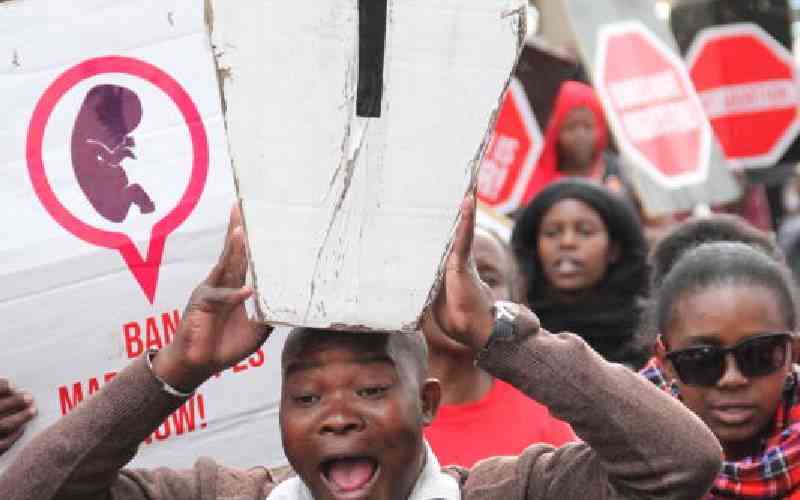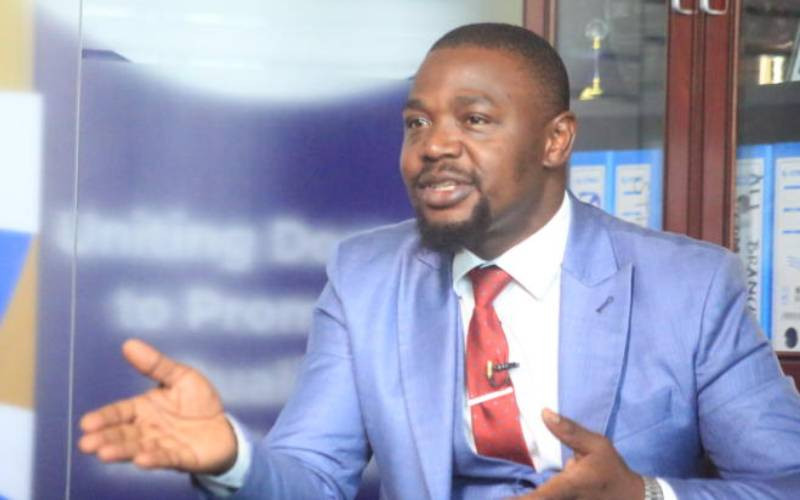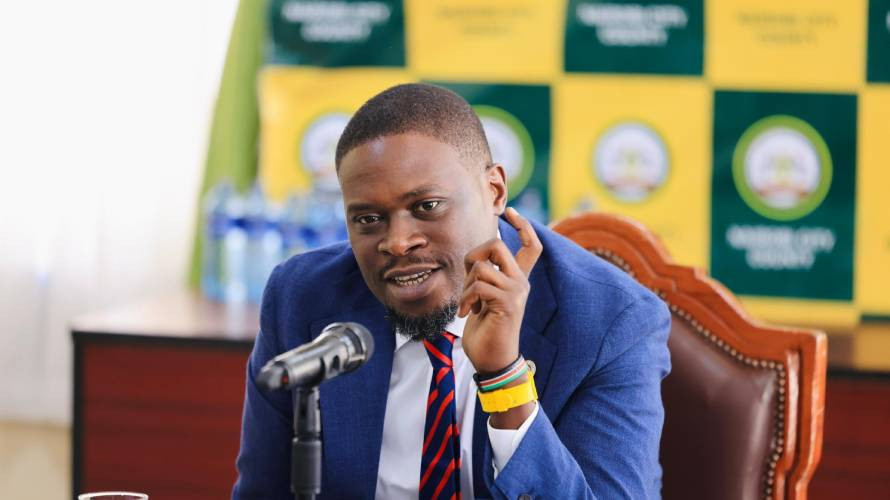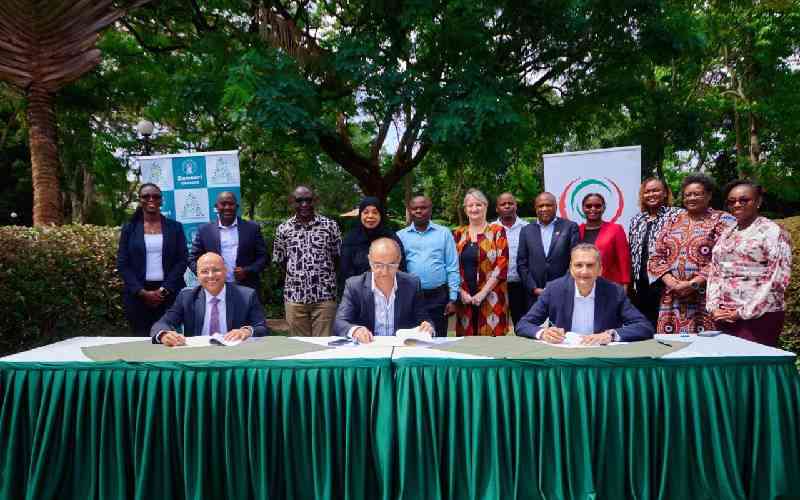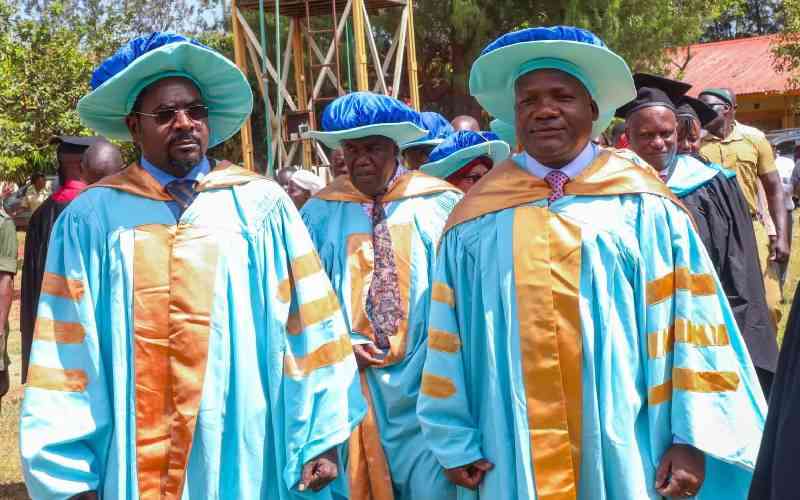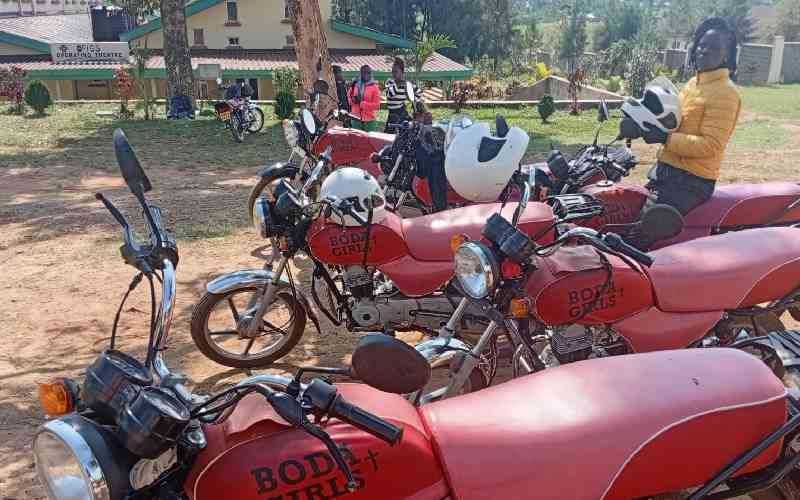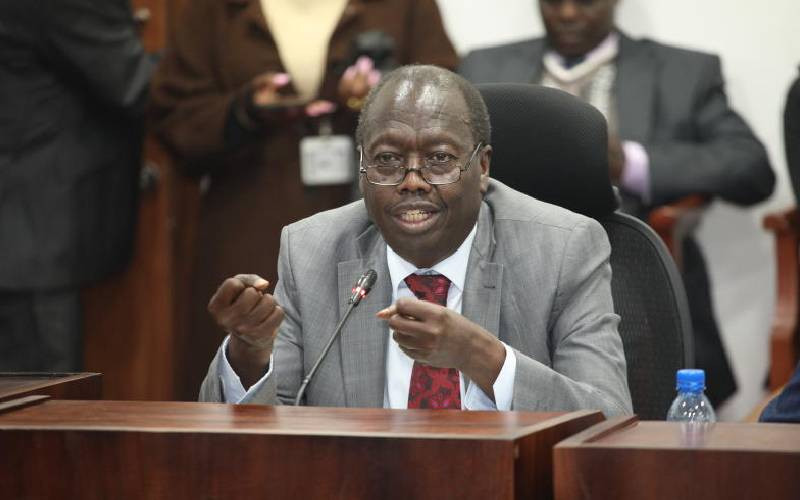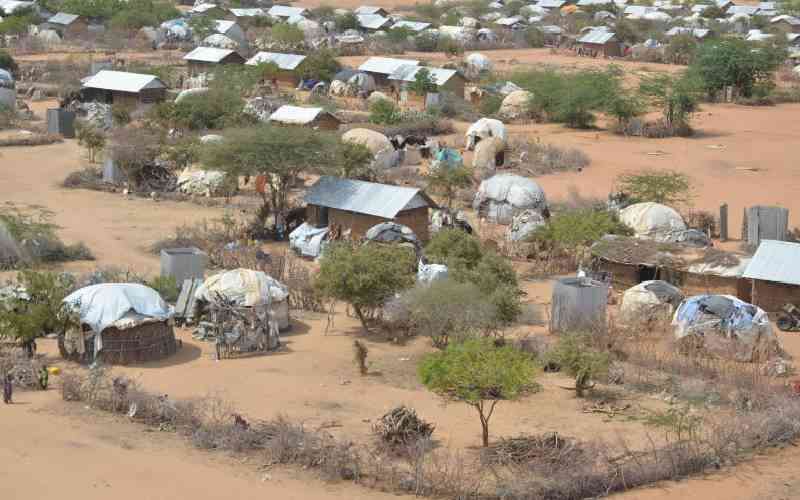
Like the proverbial adage of being caught between a rock and a hard place, since 1991, the indigenous residents of Dadaab sub-county in Garissa have been hosting refugees, who now stand accused of contributing to significant environmental degradation.
For generations, Dadaab’s residents have eked out a living in this arid, water-scarce region.
However, with the arrival of over 800,000 refugees from conflict-ridden East African countries in 1991, the area’s already fragile environment has been pushed to the brink.
“Though Dadaab was and remains an expansive wooded arid land, it’s still free of famine, biting poverty, chaos and the tumultuous witch hunts and wars that forced refugees to flee their countries,” said human rights defender Khalif Abdi Farah in Garissa.
The Dadaab Refugee Complex (DRC) spans 3,167 hectares, with 847 hectares, about 27 per cent, occupied by refugees. This figure does not include other settlements such as Hagadera, Ifo and Dagahaley camps.
Unfortunately, these camps have also become epicentres of deforestation, illegal logging, charcoal burning and wildlife poaching.
Dr Mohamud Hashir Ali, an environmental lecturer at Garissa University, laments the situation: “Now, near-helpless local residents and equally vulnerable wildlife are having their environmental health threatened. What they once relied on for grazing and livelihoods is vanishing.”
- The Last Laugh: Why Kenya's most detested carnivore deserves better
- KWS embarks on final push to save Northern White Rhinos through IVF
- Ostrich leaves vets eating dust in the savannah
- Elephants dying from polluted water in the Tsavo
Keep Reading
“We are witnessing an ecocide,” he said. “It is a dangerous trajectory. If it continues, nothing will remain for the indigenous people, their livestock, or the already threatened wildlife.”
Safe energy alternatives
Abdi Ali Owsal, a local leader in Dadaab, agrees: “Environmental degradation is real and deeply affecting our lives. We now struggle to survive. Even the little we once had is being destroyed.”
According to the German Technical Cooperation (GTZ), over 210 hectares of forest are cleared every month, putting unsustainable pressure on the ecosystem.
Dr Hashir notes that Dadaab is already an ecologically fragile area. Its few remaining forested areas, home to indigenous plants, mammals, reptiles, and birds, are now under threat, not just from climate change but also from the day-to-day survival struggles of the refugees.
He calls on the United Nations High Commission for Refugees (UNHCR) to provide adequate, safe energy alternatives to the refugees, to protect both their health and the surrounding ecosystem.
“These refugees are humans too, forced by dire circumstances into this arid region. Their needs must be addressed comprehensively,” he stressed.
According to UNHCR, 110 hectares of exotic and indigenous trees have been planted in an attempt to rehabilitate the landscape.
However, when compared to the 210 hectares lost every month, these efforts resemble a drop in the ocean.
As of February 2025, Dadaab Refugee Camp hosted 426,822 refugees, almost half of Garissa County’s population, which stands at approximately 950,031.
GTZ data shows that refugees consume an estimated 177,828 metric tons of biomass fuel annually, using traditional three-stone fireplaces that require about 1.4 kg of wood per person per day.
“This enormous demand for fuelwood places an unbearable burden on already stretched local forest resources. It affects everything, grazing, housing, traditional medicine, and energy needs,” said Dr Hashir.
“The escalating cost of healthcare and the rising prevalence of climate-related illnesses only make matters worse.”
Water scarcity
Without access to the national electricity grid, firewood remains the primary energy source for 92 per cent of the refugee population. Charcoal and kerosene are used by just 3.7 per cent and 3.6 per cent respectively.
To address the issue, the UNHCR introduced hybrid energy solutions combining solar PV systems and diesel generators. However, these solutions have not reached all the refugees.
“Despite the goodwill, not every refugee has access to these safer energy options,” said Hassan Sheikh Ali, CEO of Hirola Arawale Home Conservancy in Garissa
Human rights activist Khalif Abdi Farah adds that the local community also plays a part in environmental degradation.
“Their livestock overgraze the already limited pastures, compounding the problem.”
In response to escalating water scarcity, especially during droughts, UNHCR and its partners have drilled 50 boreholes.
“The water table in Dadaab is dropping rapidly. We now have to dig deeper and deeper to find water,” Farah added.
Compounding these challenges, former US President Donald Trump’s foreign aid cuts significantly affected essential refugee services.
“Basic needs like food, health, water, education and shelter have been severely compromised,” Farah said.
“We are totally messed up,” confessed one refugee, echoing a sentiment shared by many.
Soaring temperatures, ranging from 88 to 92 degrees Fahrenheit—combined with widespread deforestation (up to 36 per cent in some areas) have put both livestock and wildlife at risk.
Habitat loss and fragmentation are pushing animals closer to human settlements.
“Gerenuks and dik-diks are increasingly being targeted for bush meat,” said Dr Hashir.
“While the dik-dik may seem less threatened, the long-necked Gerenuk (Litocranius walleri) is now near-threatened, according to the IUCN.”
“Only 95,000 Gerenuks are left globally. Habitat loss, poaching, and climate change are driving them toward extinction,” he warned.
Dr Ali added: “Even though the Gerenuk is adapted to arid climates and depends on shrubs and sparse trees, its habitat is rapidly vanishing.”
The dik-dik is also hunted for its skin, which is used to make suede gloves. “Each glove takes one dik-dik skin,” he said.
A source within DRC revealed that refugees sometimes kill dik-diks and giraffes for meat and skin, which is reportedly exported to Middle East and Far Eastern countries.
A recent study released on World Giraffe Day 2025 showed a 34.5 per cent decline in giraffe populations.
Today, only 117,000 giraffes remain globally. Of particular concern are the 2,098 Rothschild giraffes (1,468 mature), 15,785 reticulated giraffes and 45,897 Masai giraffes.
Drought and deforestation
Despite these bleak statistics, there is hope. Garissa County KWS Director Thomas Kabaka recently announced the launch of a National Recovery Plan for the Giraffe.
But the problems don’t end there. Ibrahim Aden, a Dadaab resident, said worsening drought and deforestation have forced wildlife to invade human settlements.
“While co-existence between livestock and wildlife may seem beneficial, it increases the risk of disease transmission,” he said.
“Many of these diseases are unknown and difficult to treat.”
With prey species dwindling due to habitat loss, carnivores such as lions, wild dogs, leopards and hyenas are increasingly attacking livestock, the primary livelihood of Dadaab’s residents.
“Kenya Wildlife Service (KWS) offers compensation, but the process is long and unreliable,” said Sheikh.
The situation is further aggravated by unpredictable climate events.
“Drought dried up our pastures, and floods later swept away buildings and sanitation facilities in the crowded camp,” mourned Aden.
As Dadaab’s forest cover and wildlife populations decline, the region’s indigenous communities, their livestock and the ecosystem find themselves trapped in an ever-worsening crisis.
“We are truly caught between a rock and a hard place,” Farah concluded. “Unless urgent, collaborative solutions are found, the environmental suffering will only deepen.”
And with no lasting solution in sight, uncertainty remains the only constant in this increasingly fragile region.
 The Standard Group Plc is a multi-media organization with investments in media
platforms spanning newspaper print
operations, television, radio broadcasting, digital and online services. The
Standard Group is recognized as a
leading multi-media house in Kenya with a key influence in matters of national
and international interest.
The Standard Group Plc is a multi-media organization with investments in media
platforms spanning newspaper print
operations, television, radio broadcasting, digital and online services. The
Standard Group is recognized as a
leading multi-media house in Kenya with a key influence in matters of national
and international interest.

